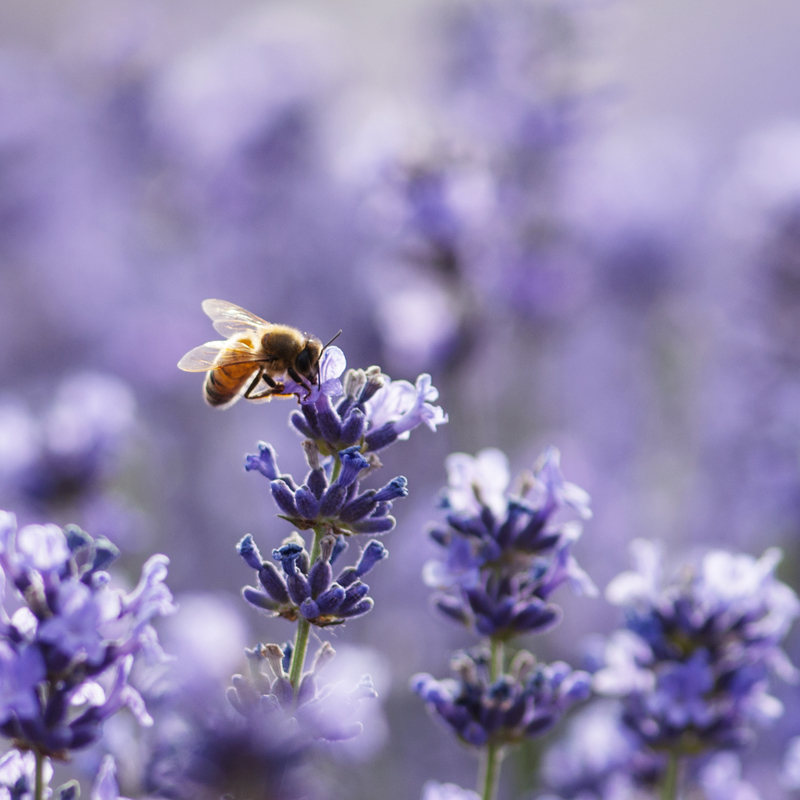We asked Professor Cogdell a few questions about his background, experience and his new role.

We are pleased to welcome Professor Richard Cogdell from the University of Glasgow as the new Editor of the Journal of the Royal Society Interface. Professor Cogdell’s research is in the area of photosynthesis where he uses purple photosynthetic bacteria as a model system to study their light harvesting system. We asked Professor Cogdell a few questions about his background, experience and his new role.
Please tell us about your research?
My research is in the general area of photosynthesis. Photosynthesis is a major biochemical process on Earth. Ultimately it provides all the food we eat and all the oxygen we breathe. Photosynthesis begins with the absorption of solar energy. For many years now my lab has been interested in understanding how this light energy is harvested and transferred to reaction centres where it is trapped in a series of redox reactions. We use purple photosynthetic bacteria as a model system and study all aspects of their light harvesting system. Their light reactions take place in an extensive series of intracytoplasmic membranes that also harbour their light harvesting complexes. These light harvesting complexes are integral membrane pigment protein complexes. We study all aspects of their structure and function, from determining their X-ray crystal structures to time resolving their energy transfer reactions. This involves extensive collaborations with chemists and physicists around the world, for both access to a wide range of biophysical techniques and high level theory. My research is therefore by its very nature interdisciplinary, and so I have a strong intellectual connection with the ethos of the Journal of the Royal Society Interface.
What prompted you to work in this field?
Right from the beginning as a young biochemistry student I was fascinated by photosynthesis. When I did an Honours’ research project with purple photosynthetic bacteria and saw their beautiful coloured cells, I knew that was the area for me. Many of my friends worked with colourless bacteria like E. coli, and it did wonders for my self-esteem to show off my lovely coloured cultures. It was also much easier to work with pigmented proteins! I liked the idea of being able to start the biochemical reactions with light. That gives such exquisite control that you can really do cool experiments that are just not feasible when you have to mix in substrates.
What has been the biggest influence on your career?
I was very fortunate to do my PhD in Tony Crofts’ lab in Bristol. He was an excellent supervisor who managed to strike the right balance between guidance and allowing me the freedom to make mistakes and learn my trade. I was one of Tony’s second crop of PhD students, and benefited greatly from the friendship and example provided by his first two PhD students, Baz Jackson and Colin Wraight. They were both scarily clever, but very gentle with how they nudged me in the right directions. They taught me the joy of doing science, and this joy has stayed with me to this day. I can’t really express how important this has been to me. Sadly, both of these two wonderful friends have succumbed to cancer in the last few years.
“They taught me the joy of doing science, and this joy has stayed with me to this day.”
What are the challenges still remaining in your field?
Photosynthesis is the only major chemical process on Earth that can use solar energy to convert atmospheric carbon dioxide into a fuel. Mankind urgently needs to learn how to replicate this process to produce a clean, scalable way to produce a carbon neutral fuel. If we are going to be able to halt and even reverse climate change, then we must solve this problem. Solar energy is the only source of renewable energy that has the capacity to provide us with the amount of energy that we need. We must learn how to use it to make fuel and learn to do this quickly.
What attracted you to the role as the Editor of Interface?
Interface is an important journal that focuses on the coming together of biological and medical research, with that of chemistry, physics, mathematics and engineering. There are not many journals like this that not only promote interdisciplinary research, but also allow papers to be long enough to provide in depth contributions. Many of the higher profile journals in this area restrict the length of papers, which can often mean that critical details are excluded. I am pleased to be able as Editor to make sure that Interface continues to fulfil this important role in the future. My own research has always been highly interdisciplinary, and so I was attracted to be the Editor of Interface to help promote this exciting approach to scientific research.
How do you see the journal developing during your time as the Editor?
The previous Editor, Les Dutton, has done an excellent job in broadening the scope of Interface. I would like to build upon his legacy to further develop this idea. Recently, Interface has published several short opinion pieces that succinctly bring the reader up to date in important, ‘hot’ areas of research. I would like to expand these, as I think they have the potential to be very influential.
Interface publishes cross-disciplinary research at the interface between the physical and life sciences, find out how to submit your research.




